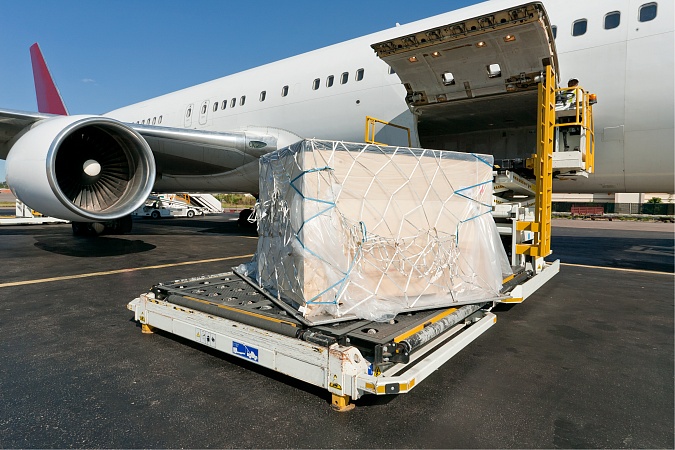Worldwide air cargo volumes in January were at the same level as in January 2020, the first month since the start of the COVID-19 pandemic not to show a decline year-over-year (YoY), according to the latest figures from WorldACD.
Although worldwide rates per kg were 75% higher YoY, they were 8% lower than those in December. The worldwide load factor dropped by two percentage points month-over-month (MoM) but increased by 17 percentage points YoY, thanks to a drop in capacity of 28 percentage points (excluding the integrators). The load factors on wide-body freighters gained seven percentage points YoY, while wide-body passenger aircraft booked an increase of 22% percentage points.
WorldACD said that the «outstanding performers» in January were virtually all to be found in the Asia Pacific region, where recovery has been quickest from the consequences of the pandemic.
The region as a whole improved by 12% YoY outbound and 14% inbound. The origins Vietnam and Japan each increased their outbound volumes by more than 30%, closely followed by Taiwan (+25%). Outside Asia, only the United States managed to improve its performance as an air cargo origin (+3% YoY), with the Midwest as the main engine of growth (+13%). A striking feature of the North American market was the fact that inbound business from Europe showed the highest YoY rate increase of all major markets: +147%.
Express (+40%), High Tech and General Cargo were the product categories showing YoY volume increase in January while in terms of changes in US$ (USD) rates, it noted increases varying from +18% for flowers to +83% for general cargo.

Taking a closer look at January, WorldACD underlined that Chinese New Year (CNY) was in January last year, and in February this year. Even though there usually is a flurry of activity from Asia just before CNY, the whole period as a rule shows a dip. Yet, this year the January volumes ex-China and Hong Kong were 93% of the top month of November; a year ago, that figure stood at 77% only."
To illustrate how yields/rates (in USD) have developed in recent years, WorldACD has produced the following chart:

Trends in the current month
In the first two weeks of February, WorldACD data highlights a decrease in both volumes and capacity, particularly from Asia Pacific and attributable to CNY, while rates continue their upward trend that started in the last part of January.






